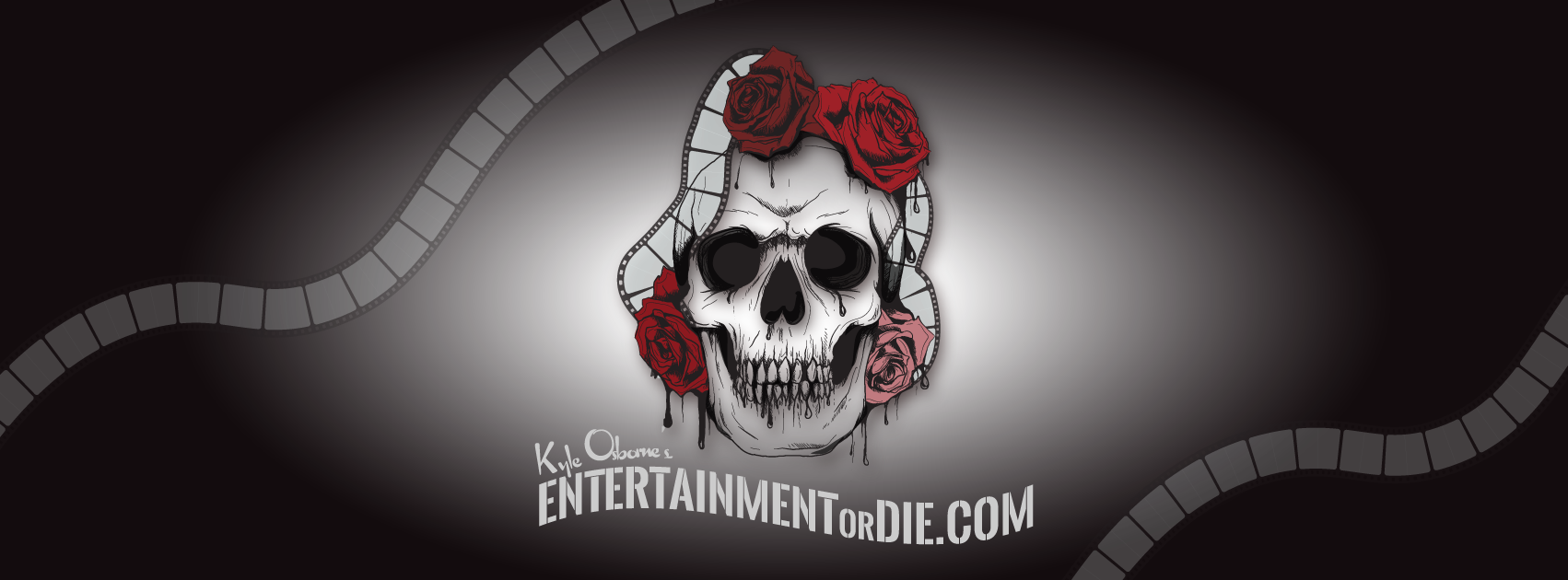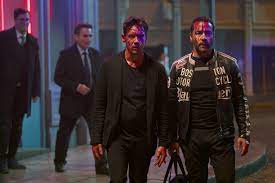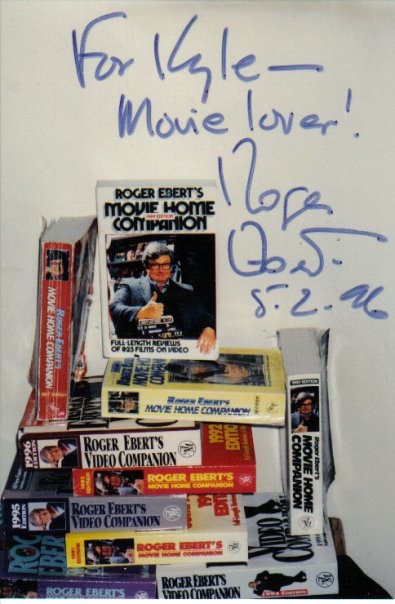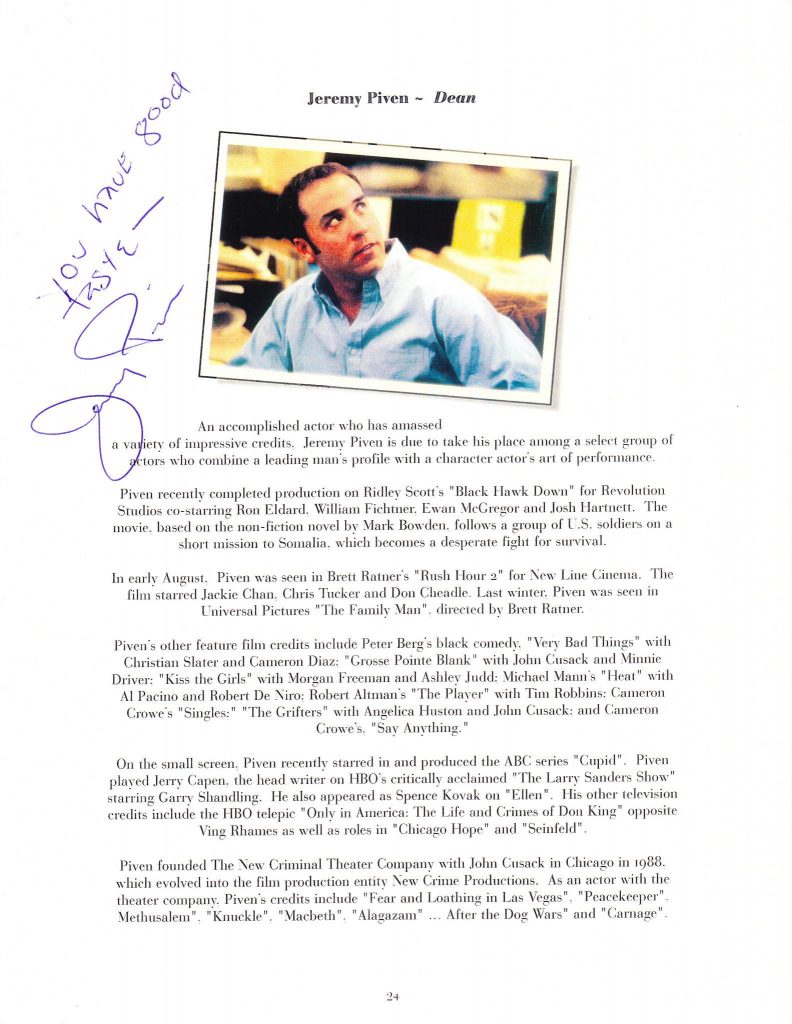What do actors Emile Hirsch, Jeremy Piven, and Jonathan Rhys Meyers have in common? All three used to be in respected and successful films, and now they’re all trapped as B-list cast members in this stylish but empty vessel of a film that makes absolutely no use of their collective talent.
American Night, we learn early on, will be told in three parts, but by the end of the second part, and realizing there’s still a half hour to go, one gives up on this crime thriller turning things around. Unlike that famous saying, it doesn’t get better, it just drags on.
To use the late Roger Ebert’s term, the cast are a set of Wunzas – as in, wunza son of a freshly dead mob boss, wunza art dealer, wunza narcoleptic, wunza Jeremy Piven, etc. Hirsch, as the art loving mobster , wants Warhol’s famous Marilyn Monroe painting, which accidentally has ended up in the hands of ne’er-do-well stuntman Piven, who happens to be the step-brother of Rhys Meyers, who’s opening an art gallery and may or may not have a clue as to the who, what, and where of the Warhol original
The reason for the three parts? So that director/writer Alessio Della Valle can rewind the narrative and show us some of the same scenes from a different perspective – sometimes literally just a different camera angle.
That’s a gimmick that sounds promising, and it must have looked intriguing on paper, but it never quite works as intended. Instead, it makes us relive scenes that weren’t especially interest8nbg on the first go round.
I refrain from revealing any plot spoilers, as always, but the too-cute-by-half script does roll a few twists out. It’s just that I couldn’t get interested in them.
But, hey, those wetted down streets of New York and the candy-colored neon lights and Paz Vega all looked amazing.
American Night | Rated R | Two Hours | 1 ½ out of 4 Stars



